Class X: Chapter 4 (Agriculture)
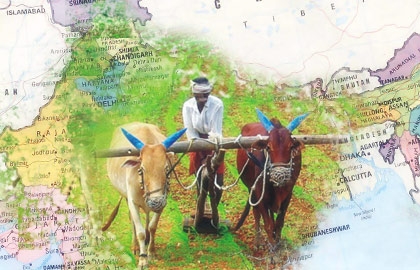
Objectives and Goals:
1. Define the term Agriculture.
2. Three types of economic activities (i.e. Primary, Secondary and Tertiary).
3. Types of farming (i.e. Primitive Subsistence Farming, Intensive Subsistence Farming and Commercial Farming).
4. Slash and Burn agricultural activity.
5. Cropping pattern (i.e. Rabi, Kharif and Zaid).
6. Major crops of India.
7. Food crops: Wheat, Rice, Millets, Maize, Pulses.
8. Food crops other than grains: Sugarcane, Oil Seeds, Coffee, Tea, etc.
9. Horticulture crops: Fruits and vegetables.
10. Non-food crops: Rubber, Fiber crops: Cotton and jute.
11. Technological and institutional reforms: Agricultural development.
12. Bhoodan – Gramdan & Land Reforms.
There are three types of economic activities. These are:
1. Primary Activities: Connected with extraction and production of natural resources like forestry, agriculture, mining, animal husbandry, etc.
2. Secondary Activities: Connected with processing and manufacturing of primary goods into finished goods. They get raw material from the Primary sector. For e.g. Iron ore into tools & machines, sugar cane into sugar, etc.
3. Tertiary Activities: Provides support to Primary and Secondary sectors through services, e.g. transportation, banking, tourism, etc.
AGRICULTURE:
• The science and art of cultivation on the soil, raising crops and rearing livestock is known as "Agriculture". It is also called farming.
• The word "Agriculture" has been derived from the Latin word "Ager or Agri" meaning "Soil" and "Culture" means "Cultivation".
• Agriculture is a primary activity.
• It includes growing crops, fruits, vegetables, flowers and rearing of livestock.
• Two-third of India's population is still dependent on agriculture.
TYPES OF FARMING:
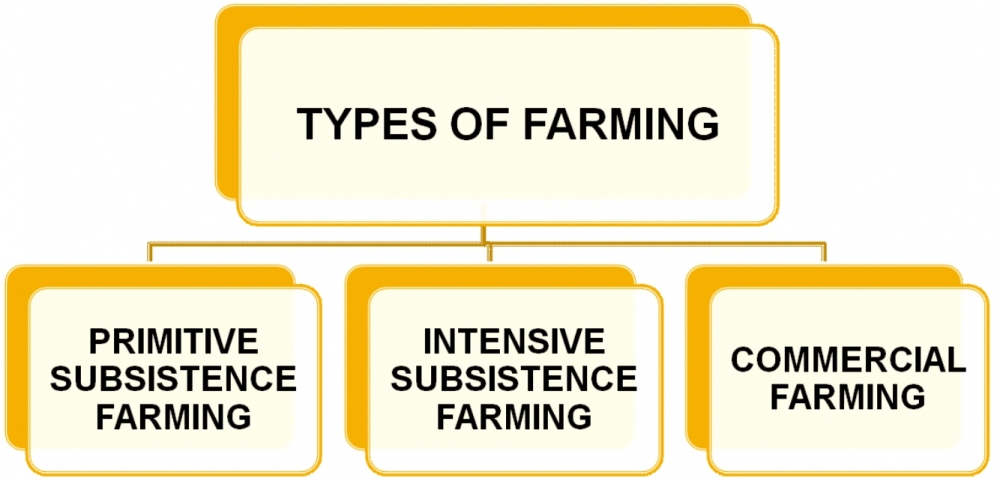
1. Primitive Subsistence Agriculture:
(a) This type of farming is practiced on small patches of land.
(b) Primitive tools like: Hoe, Dao, Digging Sticks and family/community labour are used.
(c) Farming mainly depends on monsoon and natural fertility of soil.
(d) Crops are grown as per the suitability of the environmental condition.
(e) This type of farming is also called 'slash and burn' agriculture.
(f) A patch of land is cleared by slashing the trees and burning them. The ash is then mixed with the soil and the crops. When the soil loses its fertility, the land is abandoned and the cultivator moves to a new plot.
(g) The final output of this farming technique is just enough for the family.
(h) Slash and burn agriculture is also known as Shifting cultivation.
(i) Slash and burn agriculture is known by different names in the world:
• Jhumming: Assam, Meghalaya, Mizoram and Nagaland
• Pamlou: Manipur
• Dipa: Bastar (Chhattisgarh) and Andaman & Nicobar Islands
• Bewar or Dahiya: Madhya Pradesh
• Podu or Penda: Andhra Pradesh
• Pama Dabi or Koman or Bringa: Orissa
• Kumara: Western Ghats
• Valre or Waltre: South eastern Rajasthan
• Khi: Himalayan belt
• Kuruwa: Jharkhand
• Milpa: Mexico and Central America
• Conuco: Venezuela
• Roca: Brazil
• Masole: Central Africa
• Lading: Indonesia
• Ray: Vietnam

2. Intensive Subsistence Agriculture:
(a) This type of farming is practiced in thickly populated areas.
(b) In intensive subsistence agriculture the farmer cultivates a small plot of land using simple tools and more labour.
(c) There is huge population pressure on this type of farming.
(d) It is labour intensive.
(e) This involves high degree of use of biochemical inputs and irrigation.
Problems of Intensive Farming:
(a) Division of land through successive generation leads to plot size getting smaller and smaller.
(b) This makes it impossible to properly manage the farm inputs.
(c) There is huge pressure on the agricultural land.
(d) Multiple cropping is practiced.
(e) Land is not left barren so that the soil regain its firtility. Thus, the farmers use excess amount of chemical fertilizers to get the best output.
(f) Moreover, large-scale farming is not possible in that case.
2. COMMERCIAL FARMING
(a) In commercial farming crops are grown and animals are reared for sale in market.
(b) The area cultivated is very large.
(c) It is capital intensive.
(d) Most of the work is done by machines.
(e) Chemical fertilizers, pesticides, insecticides are used.
(f) High yielding variety (HYV) seeds are used in order to get maximum output.
(g) In the states like Punjab, Haryana, Western Uttar Pradesh and parts of Maharashtra commercial farming is done on a large scale.
(h) Rice is a commercial crop in Punjab and Haryana but in Odisha, it is a subsistence crop.
Plantation:
(a) In this type of farming, a single crop is grown on a large area.
(b) More capital and a large number of workers are required.
(c) Final output of the plantation is used in various industries. For e.g. tea, coffee, rubber, sugarcane, banana, etc.
(d) Plantation requires a well developed network of transportation, communication, processing industries and a good market.
CROPPING PATTERN

India has three cropping seasons, i.e. Rabi, Kharif and Zaid.
(a) Rabi:
(i) Crops are sown in winters between October to December and harvested between April to June.
(ii) Some of the major crops of this season are: wheat, barley, peas, gram, and oilseeds.
(iii) Punjab, Haryana, Himachal Pradesh, Jammu & Kashmir, Uttarakhand and Uttar Pradesh are the important producers of rabi crops.
(b) Kharif:
(i) Crops are sown at the beginning of monsoon and harvested after rain i.e. between September to October.
(ii) Kharif crops are also known as summer crops.
(iii) Some of the major crops of this season are: rice, maize, jowar, bajra, jute.
(iv) Orissa, Andhra Pradesh, Tamil Nadu, Kerala, Maharashtra, Uttar Pradesh and Bihar are important rice growing states.
(v) In Assam, West Bengal and Orissa; three crops of paddy are grown in a year. These are called Aus, Aman and Boro.
(c) Zaid:
(i) In between Rabi and Kharif crops zaid crops.
(ii) Some of the major crops of this season are: watermelon, muskmelon, cucumber, vegetables and fodder crops.
(iii) Sugarcane is planted in this season but takes almost a year to grow.
MAJOR CROPS OF INDIA:
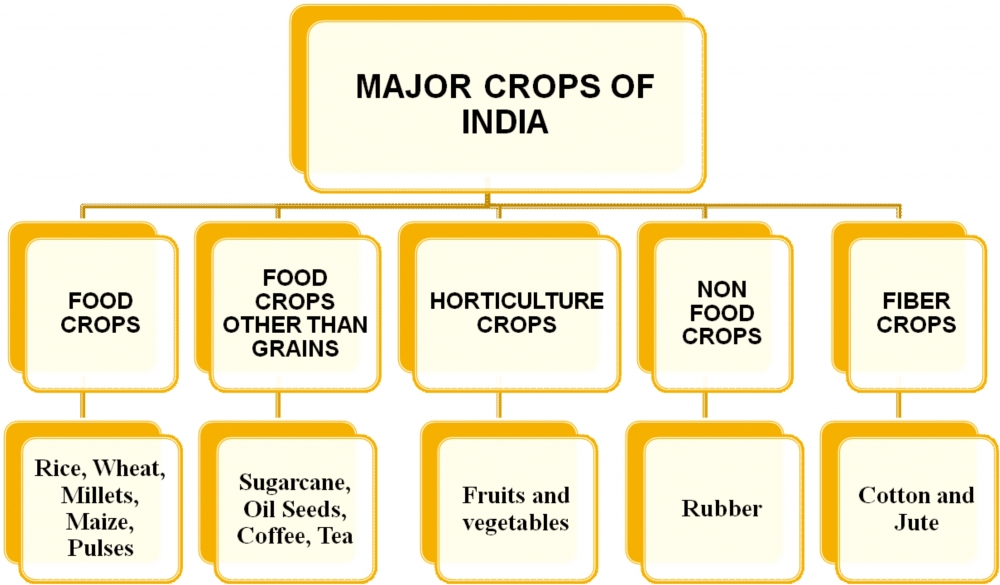
FOOD CROPS:
1. Rice: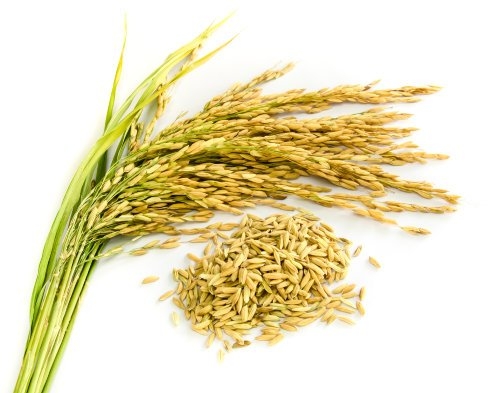
• Rice is the staple food crop of India.
• India is the second largest producer of rice, after China.
• Rice is a kharif crop.
• It requires high temperature (above 25°C), high humidity
• Annual rainfall above 100 cm.
• It grows best in alluvial clayey soil, which can retain water.
• In Assam, West Bengal and Orissa, three crops of paddy are grown in a year known as "Aus, Aman and Boro".
• Major producers: Northern plains, North Eastern States, Coastal and Deltaic Regions., etc.
• In the modern era, with the help of the technology and better irrigation facilities, rice is also grown in Punjab, Haryana, western Uttar Pradesh and in parts of Rajasthan.
2. Wheat:
• Wheat is the main food crop in north and north-western parts of India.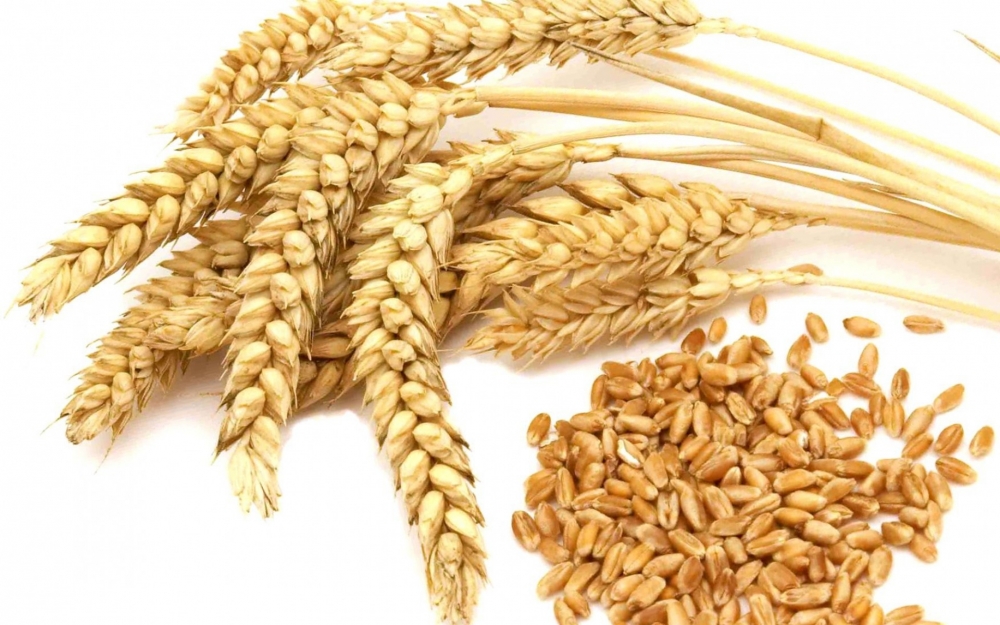
• Wheat is a rabi crop grown in winter.
• It requires cool growing season and bright sunshine at the time of harvest.
• Annual rainfall of 50 to 75 cm, evenly distributed over the growing season.
• Two important wheat-growing zones in India are: The Ganga-Sutlej plains in the northwest and black soil region of Deccan.
• Major producers: Punjab, Haryana, Uttar Pradesh, Bihar, Rajasthan and parts of Madhya Pradesh.
3. Millets:
• They are also known as coarse grains.
• It needs low rainfall and high to moderate temperature.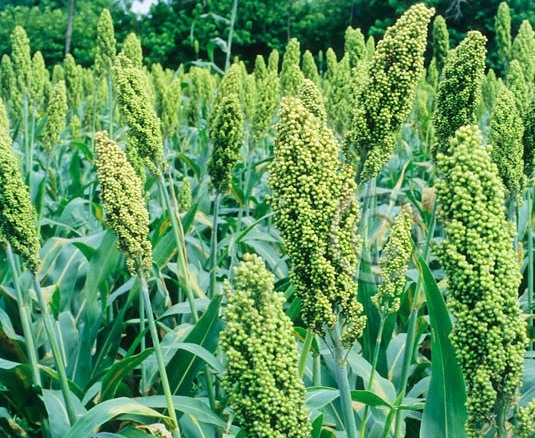
• Jowar, bajra and ragi are millet crops grown in India.
• All these crops have very high nutritional value.
(a) Jowar:
(i) Jowar grows in moist areas and hardly needs irrigation.
(ii) Major producers: Maharashtra, Karnataka, Andhra Pradesh and Madhya Pradesh.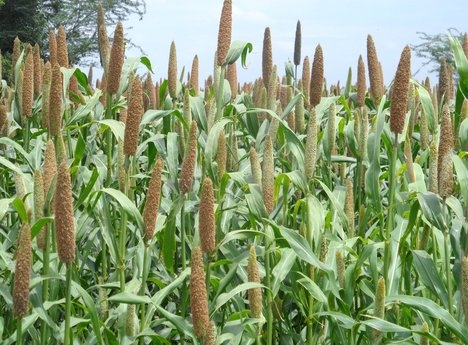
(b) Bajra:
(i) Bajra grows well on sandy soil and shallow black soil.
(ii) Major producers: Rajasthan, Uttar Pradesh, Maharashtra, Gujarat and Haryana.
(c) Ragi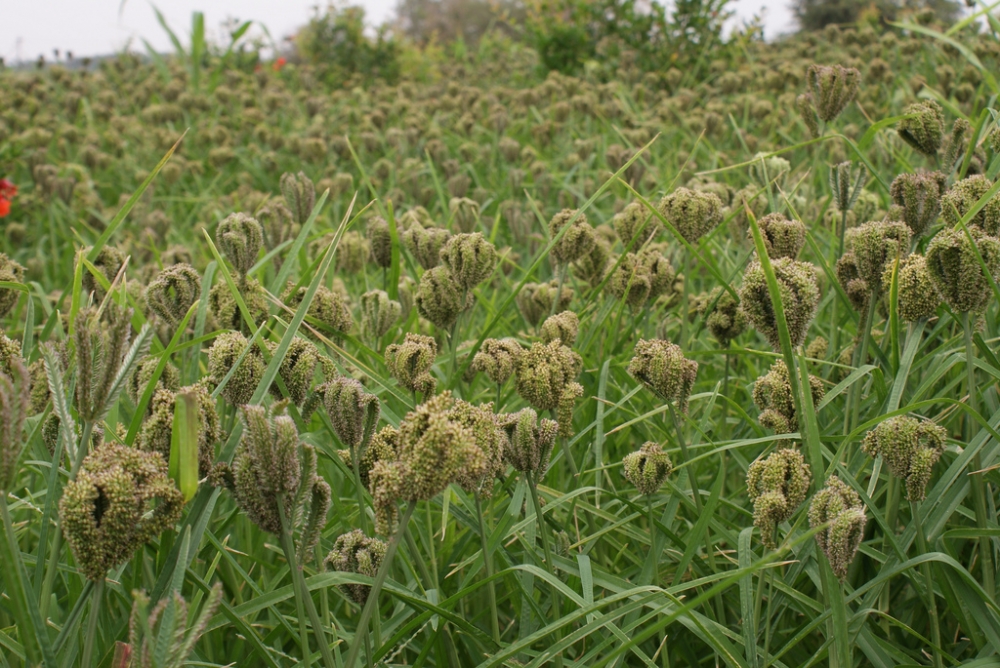
(i) Ragi grows in dry regions on red, black, sandy loamy, and shallow black soils.
(ii) Major producers: Karnataka, Tamil Nadu, Himachal Pradesh, Uttarakhand, Sikkim, Jharkhand and Arunachal Pradesh.
4. Maize: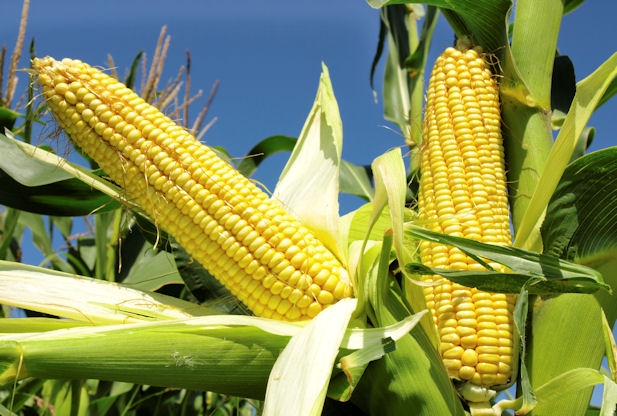
• Maize is used as both food and fodder crop. It is also known as "Corn".
• Maize is basically a kharif crop. But in states like Bihar it is grown in rabi season.
• It requires a temperature range of 21°-27°C.
• Annual rainfall between 50 cm - 100 cm.
• It grows best in old alluvial soil,
• Major producers: Karnataka, Uttar Pradesh, Bihar, Andhra Pradesh and Madhya Pradesh.
5. Pulses: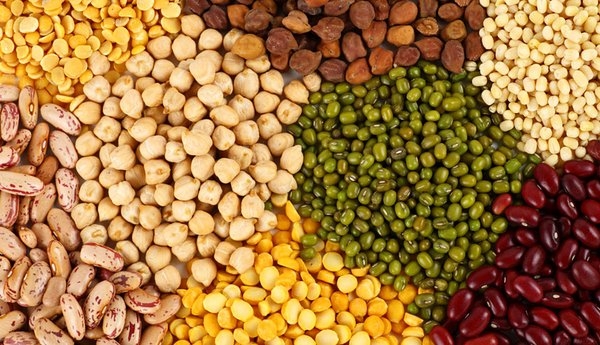
• India is the largest producer and consumer of pulses in the world.
• Pulses are the great source of protein.
• Some of the pulses majorly grown in India are: Tur (arhar), urad, moong, masur, peas, gram, etc.
• It needs less moisture and can even grow in dry conditions.
• Pulses are usually grown in rotation with other crops, so that the soil can regain its fertility.
• Major producers: Madhya Pradesh, Uttar Pradesh, Rajasthan, Maharashtra and Karnataka.
FOOD CROPS OTHER THAN GRAINS
1. Sugarcane:
• It is a tropical and subtropical crop.
• India is the second largest producer of sugarcane after Brazil.
• Sugarcane is a kharif crop.
• It requires a temperature range of 21°-27°C.
• Annual rainfall between 75 cm - 100 cm.
• Major producers: Uttar Pradesh, Maharashtra, Karnataka, Tamil Nadu, Andhra Pradesh, Bihar, Punjab and Haryana.
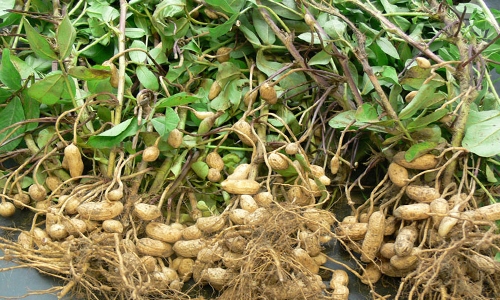 2. Oil Seeds:
2. Oil Seeds:
• Groundnut, mustard, coconut, sesamum (til), soyabean, castor, cotton seeds, linseed and sunflower are the main oilseeds grown in India.
• India was the second largest producer of groundnut in the world after China.
• India was the third largest producer of mustard seeds in the word after Canada and China.
• Oil seeds grown in India cover 12% of the total cropped area.
• Oil seeds are majorly used in cooking purpose.
• They are also used for the production of soap, cosmetics and ointments.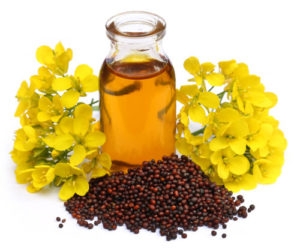
• Groundnut accounts for about half of the major oilseeds produced in the country.
• Groundnut is a kharif crop.
• Gujarat was the largest producer of groundnut followed by Andhra Pradesh & Tamil Nadu.
• Linseed and mustard are rabi crops.
• Sesamum is a kharif crop in north and rabi crop in south.
• Castor is grown both as rabi and kharif crops.
3. Tea: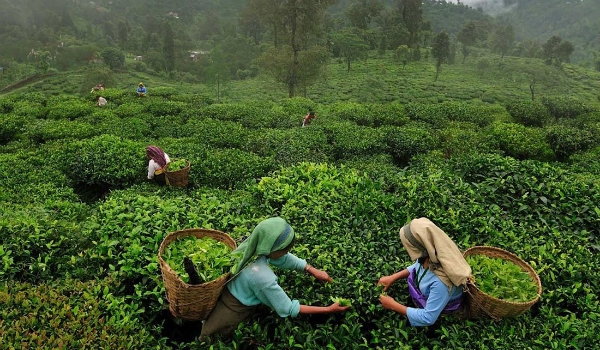
• Tea is a plantation crop.
• It is an important beverage crop.
• It grows well in tropical and subtropical climate.
• It grows well in deep and fertile well drained soil. The soil should be rich in humus and organic matter.
• Tea bushes require warm and moist frost free climate through the year.
• Frequent showers distributed throughout the year.
• Cheap and skilled labour is required in large number to pick the leaves.
• Tea is processed within the tea gardens to restore its freshness.
• India is the leading producer of tea in the world.
• Major producers: Assam, West Bengal, Tamil Nadu, Kerala, Meghalaya, Tripura, etc. Darjeeling is famous for the unique quality of tea production.
4. Coffee: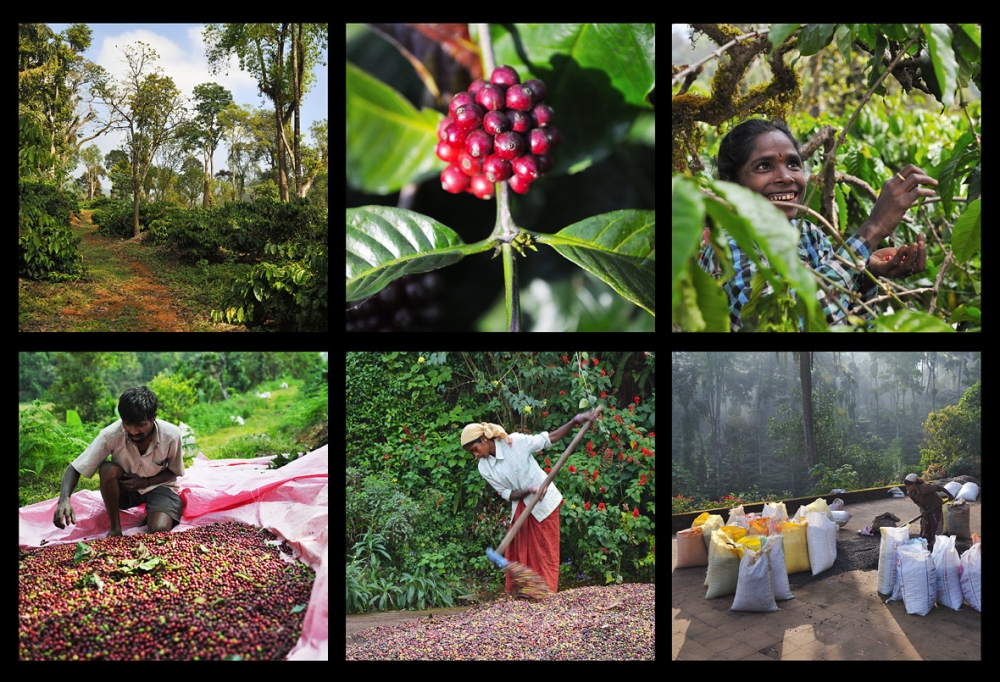
• Coffee is a plantation crop.
• It is an important beverage crop.
• Hill slopes are more suitable for growth of this crop.
• India produced 3.2% of the total world coffee production.
• Indian coffee is well known for its good quality throughout the world.
• Initially, the Arabica variety of coffee was brought from Yemen and produced in India.
• The cultivation of coffee was initially introduced on the Baba Budan Hills.
• Major producers: Nilgiris in Karnataka, Kerala and Tamil Nadu.
HORTICULTURE CROPS
India was the second largest producer of fruits and vegetables in the world after China.
1. Fruits:
• India produces both tropical and temperate fruits.
• Mango: Maharashta, Andhra Pradesh, Uttar Pradesh, West Bengal.
• Oranges: Nagpur and Cherrapunjee (Meghalaya).
• Bananas: Kerala, Mizoram, Maharashtra and Tamil Nadu.
• Lichi and Guava: Uttar Pradesh and Bihar.
• Pineapples: Meghalaya.
• Grapes: Andhra Pradesh and Maharashta.
• Apples, Pears, Apricots and Walnuts: Jammu & Kashmir and Himachal Pradesh.
2. Vegetables:
• India produces 13 % of the world's vegetables.
• India is an important producer of pea, cauliflower, onion, cabbage, tomato, brinjal and potato.
NON FOOD CROPS
1. Rubber: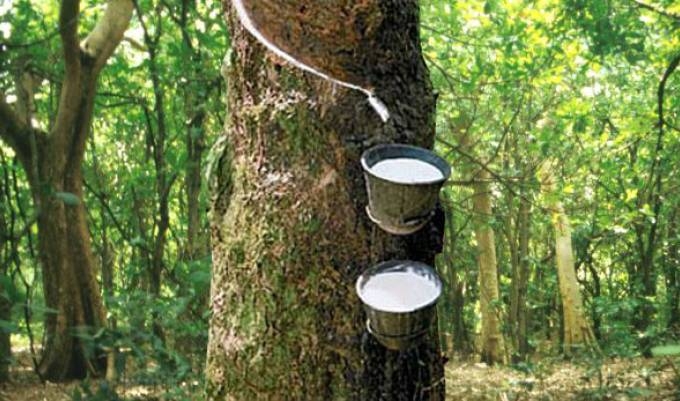
• Rubber is a plantation crop.
• Rubber is a crop of equatorial region but it is also grown tropical and subtropical regions.
• It needs moist and humid climate.
• It requires a temperature above 25°C.
• Annual rainfall above 200 cm.
• Major producers: Kerala, Tamil Nadu, Karnataka and Andaman & Nicobar islands and also in the Garo hills of Meghalaya.
• India is the fourth largest rubber producer in the world.
FIBERCROPS
1. Cotton: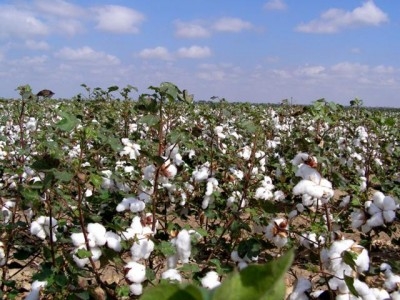
• India was the second largest producer of cotton after China.
• It grows best on the drier parts of black cotton soil and requires at least 6 to 8 months.
• Cotton requires high temperature, light rainfall, 210 frost-free days and bright sunshine for its growth.
• Major producers: Maharashtra, Gujarat, Madhya Pradesh, Karnataka, Andhra Pradesh, Tamil Nadu, Punjab, Haryana and Uttar Pradesh.
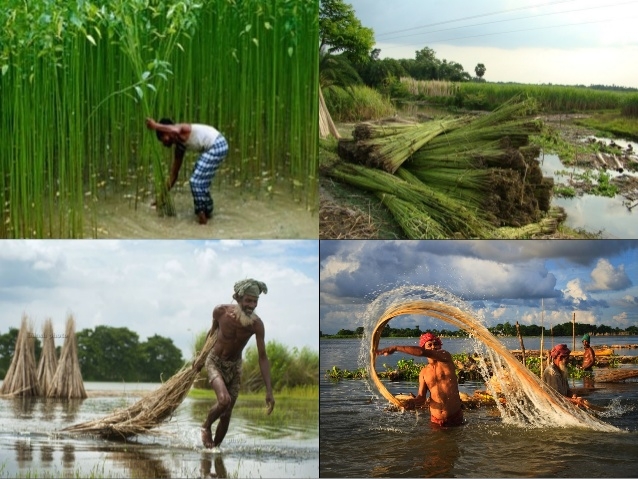
2. Jute:
• Jute is also known as the 'Golden Fiber'.
• It grows well on well drained alluvial soil in the flood plain.
• It requires high temperature and humid climate.
• It requires heavy rainfall.
• Jute is used to make gunny bags, mats, ropes, yarn, carpets, etc.
• Major producers: West Bengal, Bihar, Assam, Orissa and Meghalaya.
TECHNOLOGICAL AND INSTITUTIONAL REFORMS
• Agricultural Development refers to efforts made to increase farm production in order to meet the growing demand of increasing population.
• Land reform was the main focus of our First five Year Plan.
• Right to Inheritance.
• In 1960s and 1970s the Government of India introduced "Agricultural Reforms".
(a) The Green Revolution. To improve farm output. Use of new technology & HYV seeds was encouraged. Green revolution produced very good results; especially in Punjab & Haryana.
(b) The White Revolution (Operation Flood) was initiated to improve milk production in the country.
• In 1980s and 1990s comprehensive land development programmes were initiated, that included both "Institutional and Technical Reforms"
• Provision of crop insurance against natural calamities (for e.g. drought, floods, etc.), fire, disease, etc.
• Establishment of Grameen Banks, Cooperative Societies.
• Providing loan facilities at a lower rate of interest.
• Kissan Credit Cards (KCC).
• Personal Accident Insurance Scheme (PAIS).
• Special weather bulletins and agricultural programmes for farmers were introduced on radio and television. For e.g. Krishi Darshan, It commenced on 26 January 1967 and is the longest running television series in the world.
• The Government also introduced "Minimum Support Price, Remunerative and Procurement Prices for important crops" to check the exploitation of farmers by the speculators and middlemen.
Bhoodan – Gramdan & Land Reforms
• Land reform was the main focus of the First Five Year Plan.
• Vinoba Bhave started the Bhoodan Andolan to encourage big landlords to donate a part of their land to the landless farmers.
• Many people came out in support of Vinoba Bhave and donated land.
• Small plot size hampers proper farm management.
• To improve the condition, the government brought certain measures for land reform.
• In some states, land was redistributed so that all of the land owned by a farmer could come on a single plot.
• The reform was successful in some states (like Punjab and UP) but could not be implemented throughout the country, because of poor response by farmers.
-----x-----X-----x-----
